
I help companies go viral at SwipeLabs. 1B impressions. Our clients are backed by @Sequoia, @a16z, @Naval, @FoundersFund. Prev. Head of Growth at https://t.co/kFGUKjfeFD
How to get URL link on X (Twitter) App

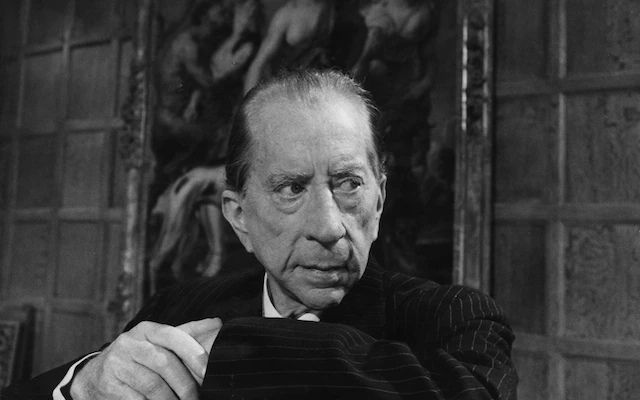
 In 1957, Getty was the richest man in America.
In 1957, Getty was the richest man in America.

 Chouinard is 19, dyslexic, and completely uninterested in a career.
Chouinard is 19, dyslexic, and completely uninterested in a career.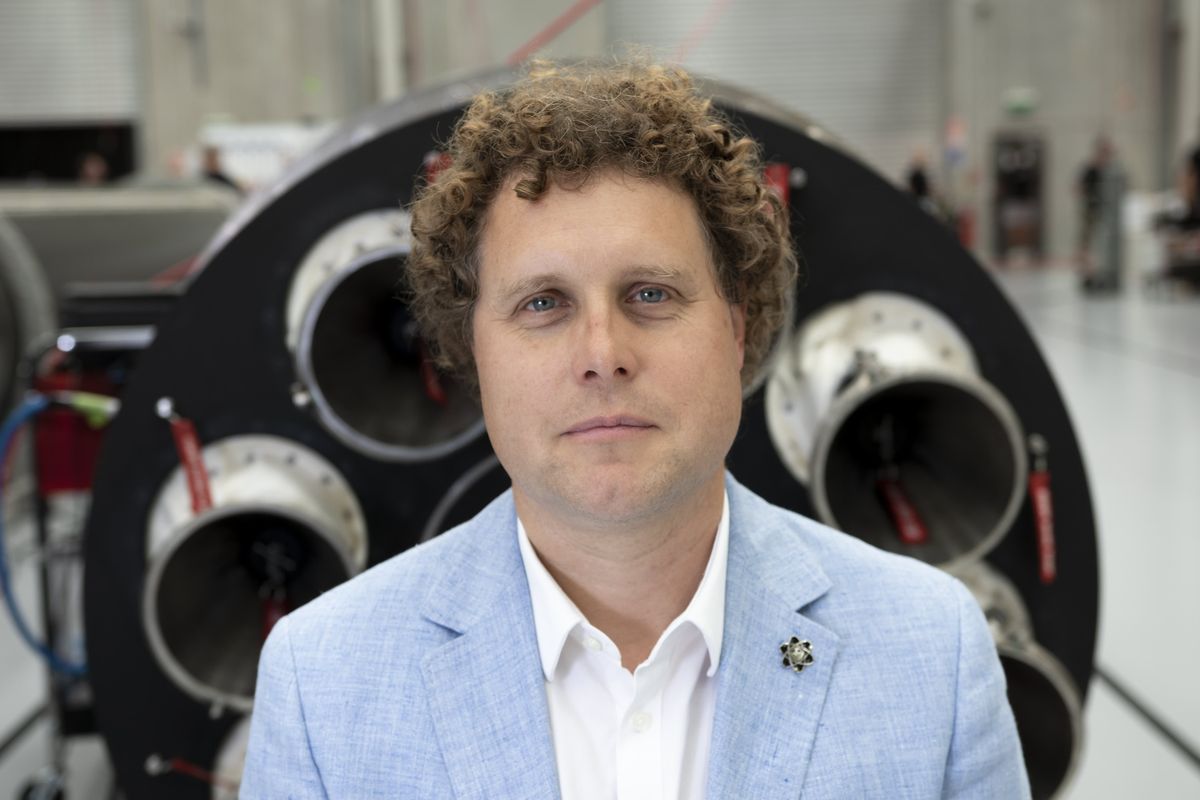

 Peter Beck was the kid your parents warned you about.
Peter Beck was the kid your parents warned you about.

 Sridhar Vembu had a problem.
Sridhar Vembu had a problem.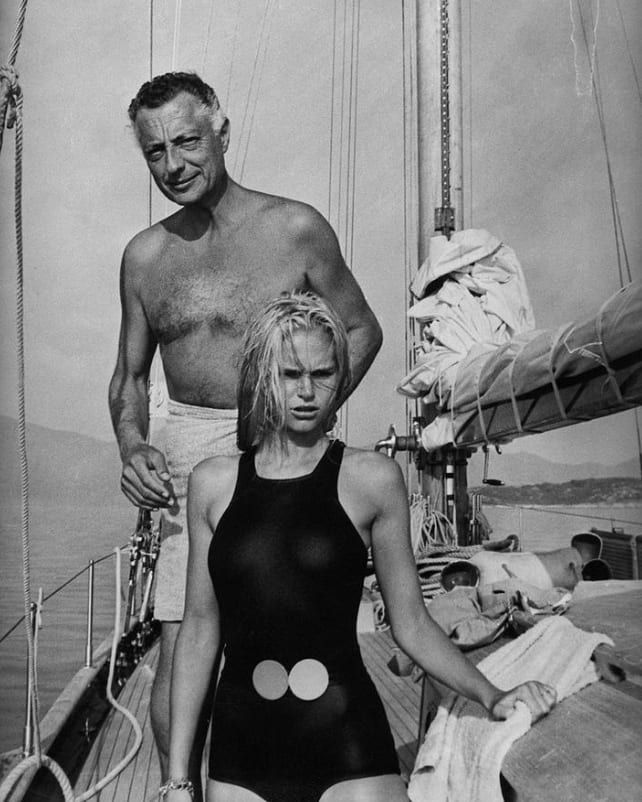

 In 1899, Giovanni Agnelli invested $400 to start a car company.
In 1899, Giovanni Agnelli invested $400 to start a car company.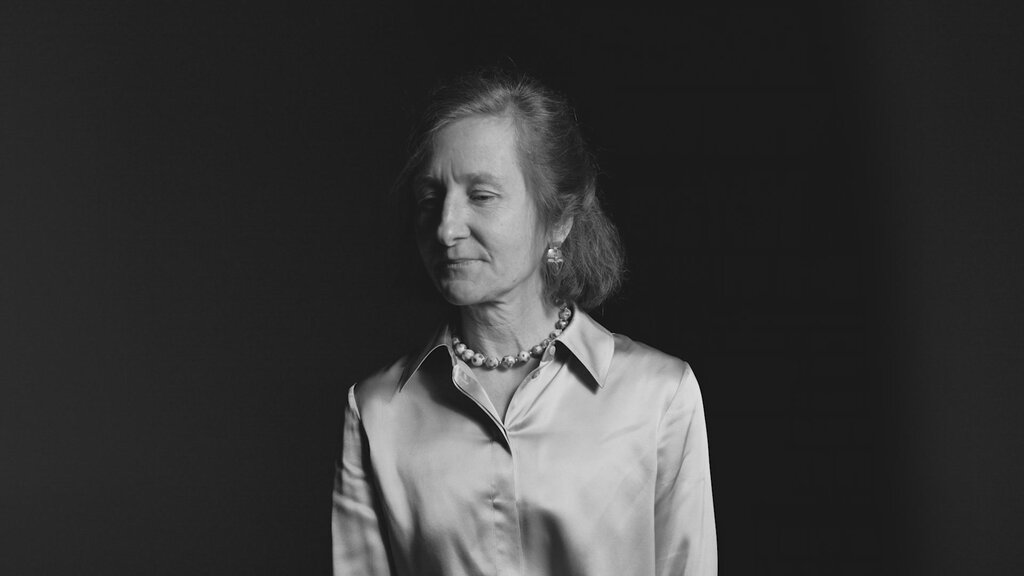

 Dr. Lembke runs Stanford's Dual Diagnosis Addiction Clinic.
Dr. Lembke runs Stanford's Dual Diagnosis Addiction Clinic.

 Picture this:
Picture this:
 The band? Velvet Sundown.
The band? Velvet Sundown.
 Ballmer joined Microsoft late—and built its core:
Ballmer joined Microsoft late—and built its core:
 Ive’s biggest belief?
Ive’s biggest belief?
 @sundarpichai @Google Sundar believes:
@sundarpichai @Google Sundar believes:

 Elon Musk doesn’t multitask.
Elon Musk doesn’t multitask.
 The most important AI podcast of 2024 wasn’t on Lex, MKBHD or a dev summit.
The most important AI podcast of 2024 wasn’t on Lex, MKBHD or a dev summit.
 In 2025, we’re drowning in content—and attention spans are shorter than ever.
In 2025, we’re drowning in content—and attention spans are shorter than ever.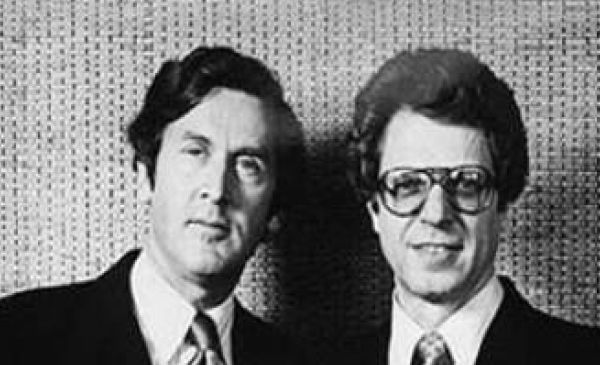
 Every day, our brains are bombarded with so many ads.
Every day, our brains are bombarded with so many ads.
 McDonald's generates $25 billion in annual revenue.
McDonald's generates $25 billion in annual revenue.
 Unlike most brands, Rolex doesn’t rely on flashy ads or catchy jingles.
Unlike most brands, Rolex doesn’t rely on flashy ads or catchy jingles.
 Netflix started out with borrowed content.
Netflix started out with borrowed content.
 1/ Social Listening
1/ Social Listening

 While everyone else was touting product features, Red Bull was selling the feeling of adrenaline.
While everyone else was touting product features, Red Bull was selling the feeling of adrenaline.
 1. Making customer empathy real
1. Making customer empathy real